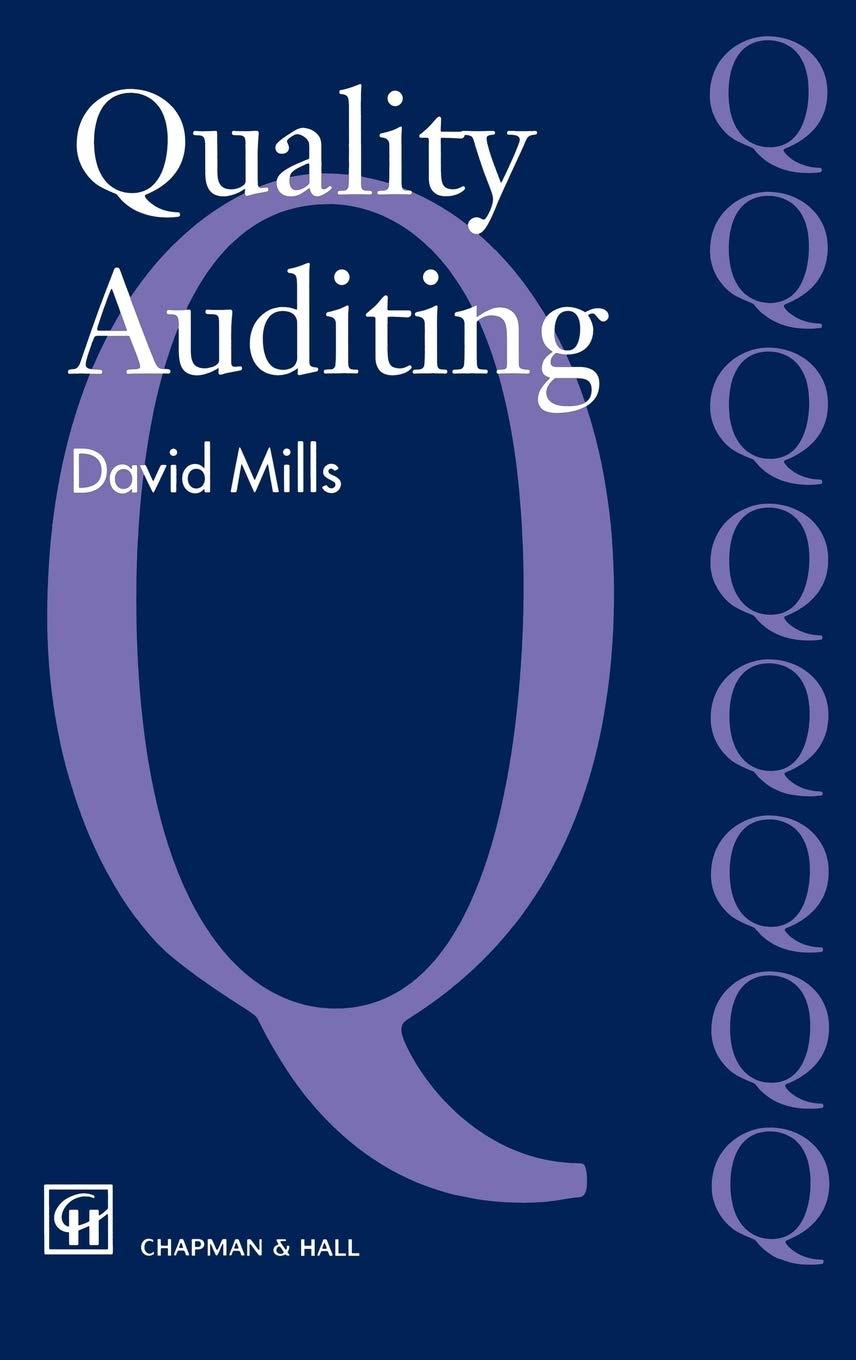Multiple Choice (1 point each) 1. Gross profit is equal to A. sales minus cost of goods sold B. sales minus selling and administrative expenses C. sales minus cost of goods sold and selling and administrative expenses D sales minus cost of goods sold and depreciation expense. 2. Consider the following information for Ball Corp. Selling and administrative expense Depreciation expense Sales Intcrest expense Cost of goods sold $40,000 70,000 350.000 30,000 110,000 Taxes What is the operating proft for Ball Corp. A. $71,450 B. $90,000 C. $130,000 D. None of the options $350,000 Cost of goods sold Gross Protit... Selling and administrative expense Depreciation expense 10,000 240,000 40,000 S 130.000 Operating profit 3. An item which may be converted to cash within one year or one operating cycle of the firm is class A current liability B. long-term asset C. current asset. D. long-term liability. as a 4. Which of the following is not a primary source of raising money or capital for the fim? A. Assets C. Preferred stock D. Bonds B. Common stock 5. Which account represents the cumulative earnings of the firm since the firm started, minus dividends paid? A. Paid-in capital B. Common stock C. Retained earnings D. Accumulated depreciation 6. Net worth is equal to stockholders' equity A. plus dividends. B. minus preferred stock. C. plus preferred stock. D. minus liabilities. 7. Total stockholders' equity consists of A. preferred stock and common stock. B. common stock and retained earnings C. common stock, preferred stock, and capital paid in excess of par ed stock, common stock, capital paid in excess of par, and retained earnings err 8 The book value per share is based off of data, while the market value per share is based A. short term; long term B. future, historical C. historical, future D. long term; short term data 9. Which of the following is an outflow of cash? A. Profitable operations C. The sale of the company's common stock B. The sale of equipment D. The payment of cash dividends 10. An increase of $100,000 in inventory would result in a(n) A. Decrease of net cash flow C. Decrease in marketable securities B. Increase in net cash flow D. Increase in bonds payable







